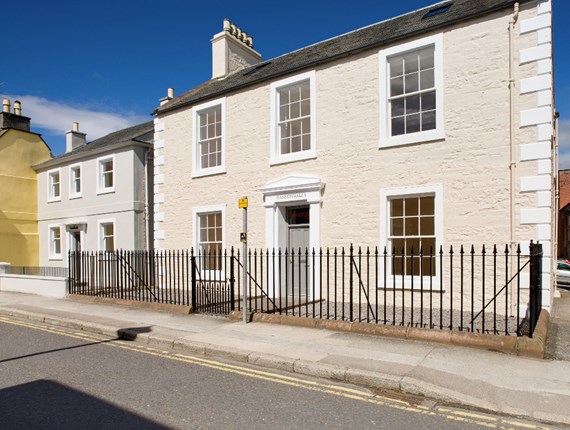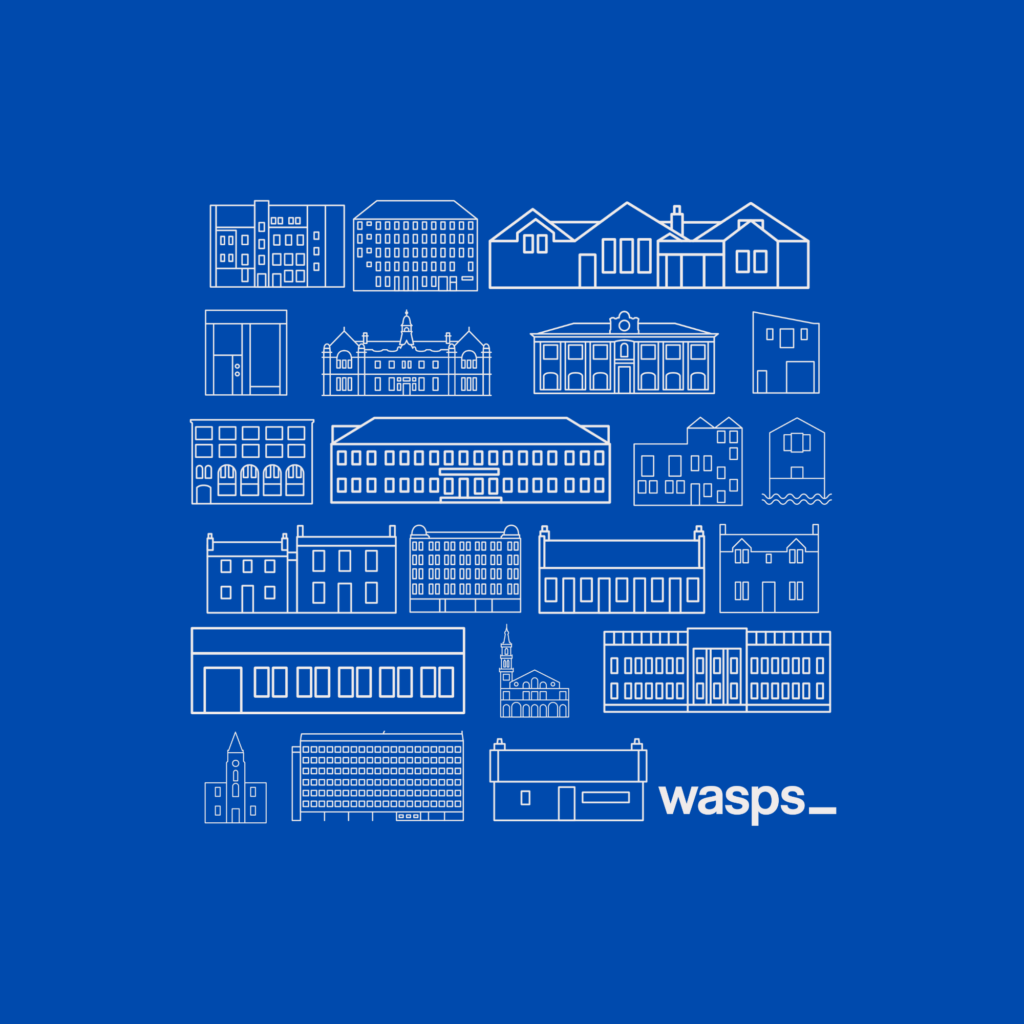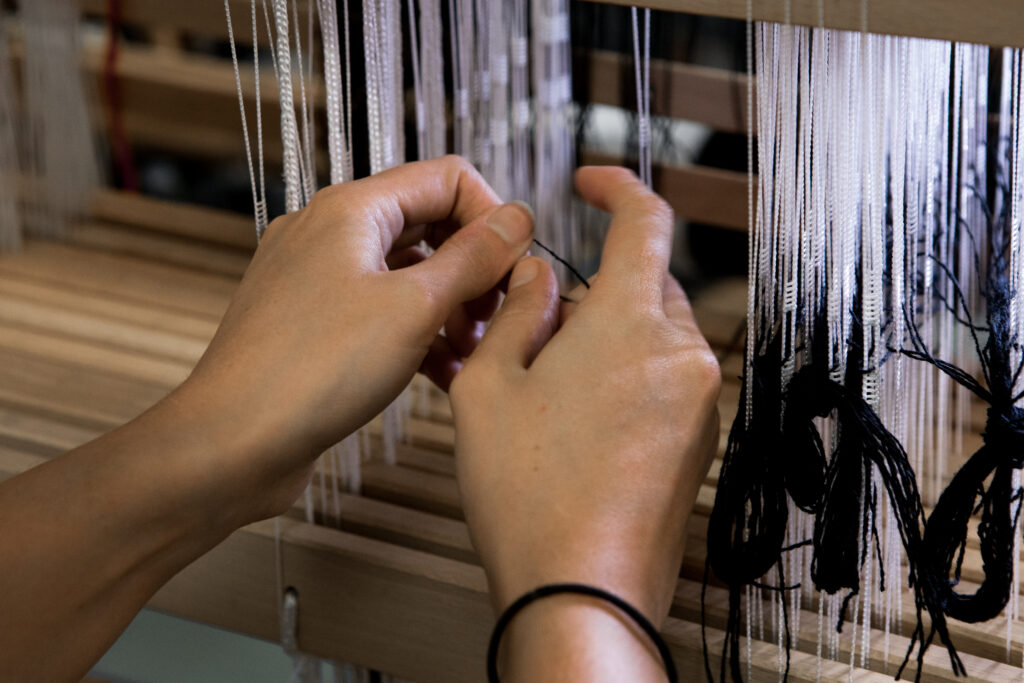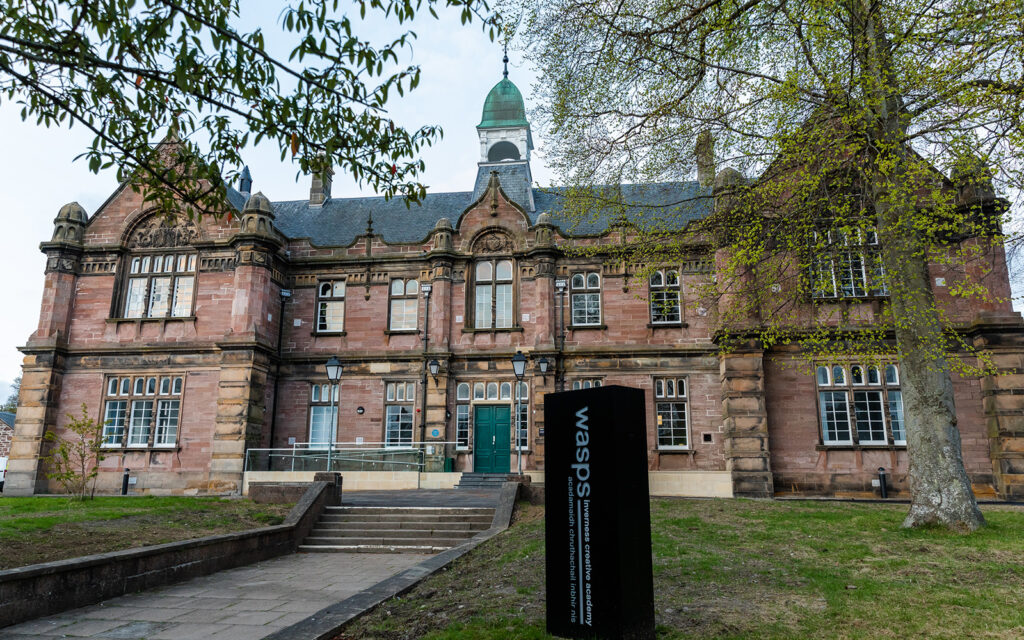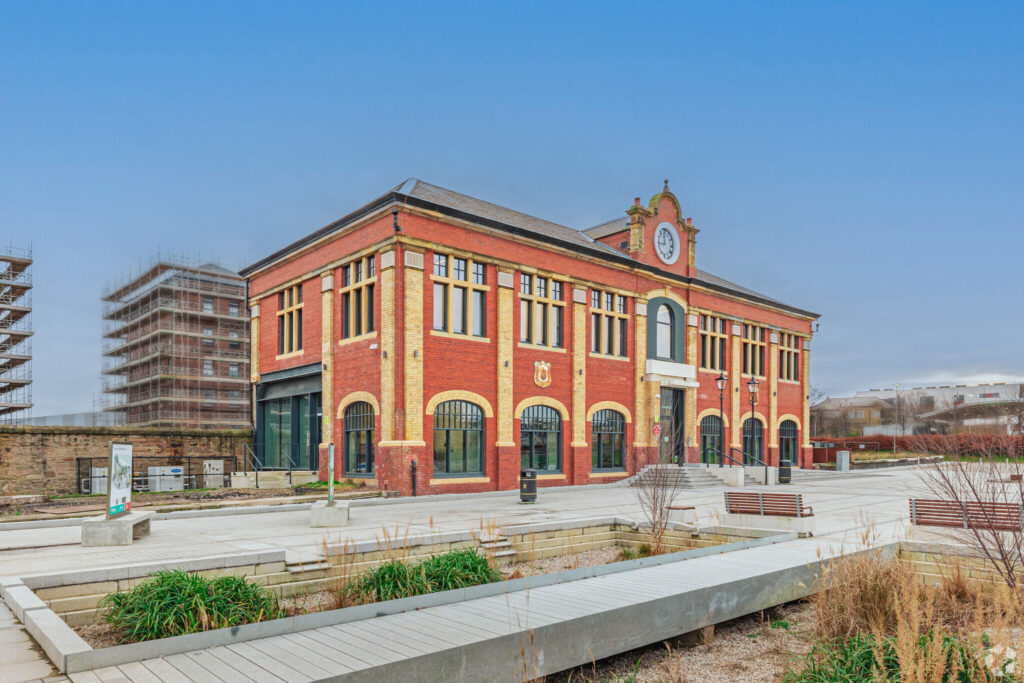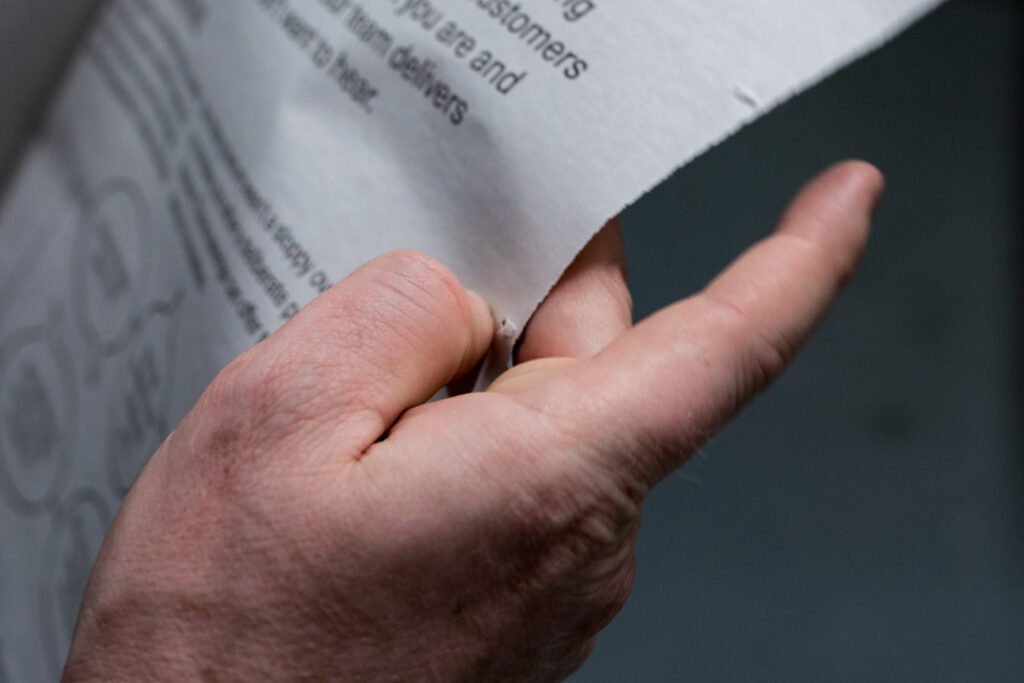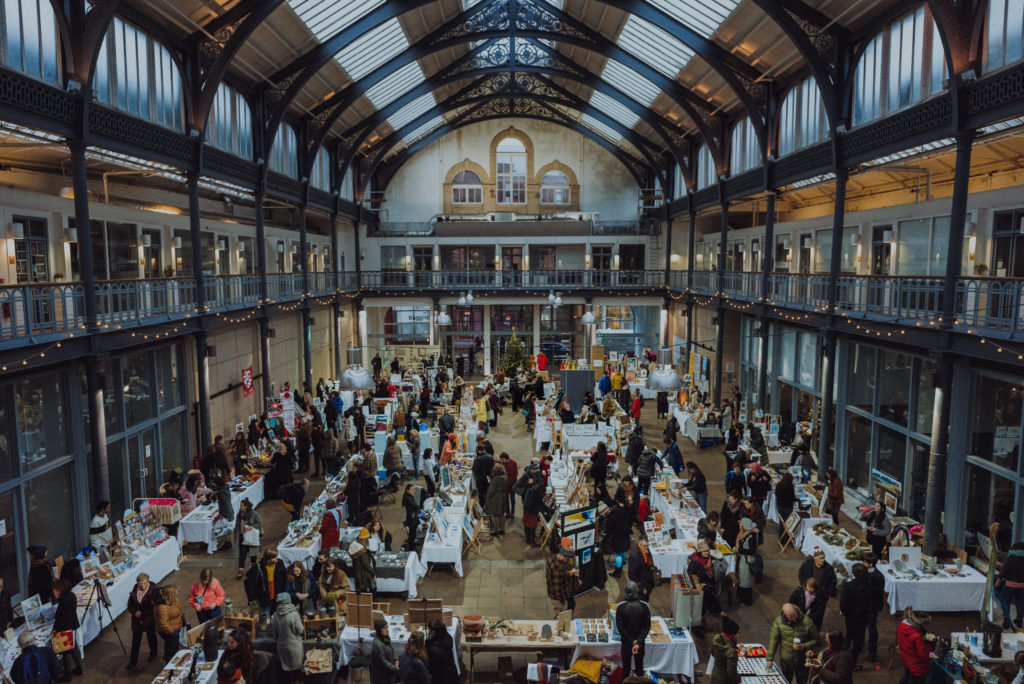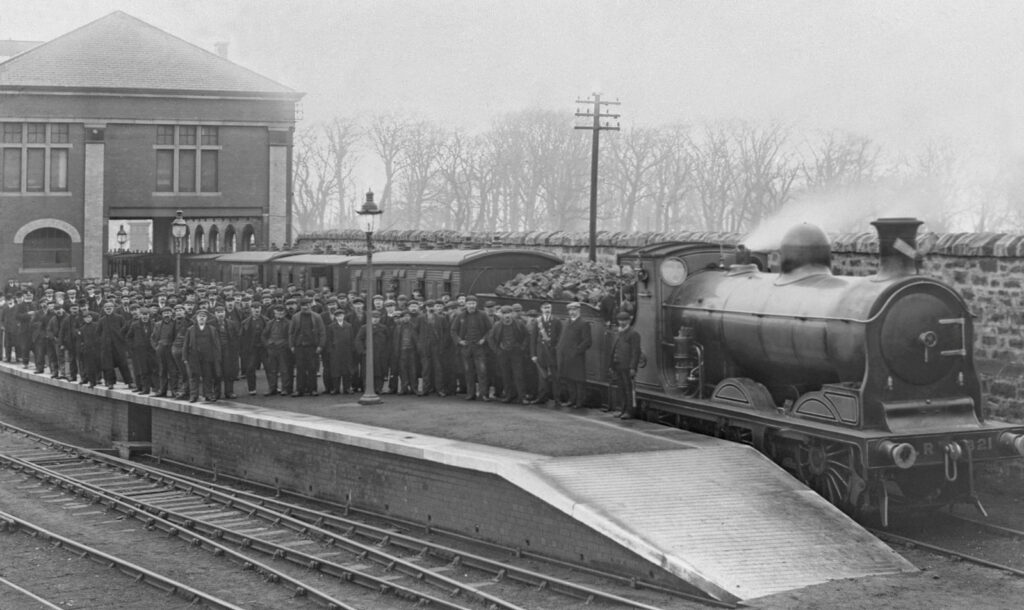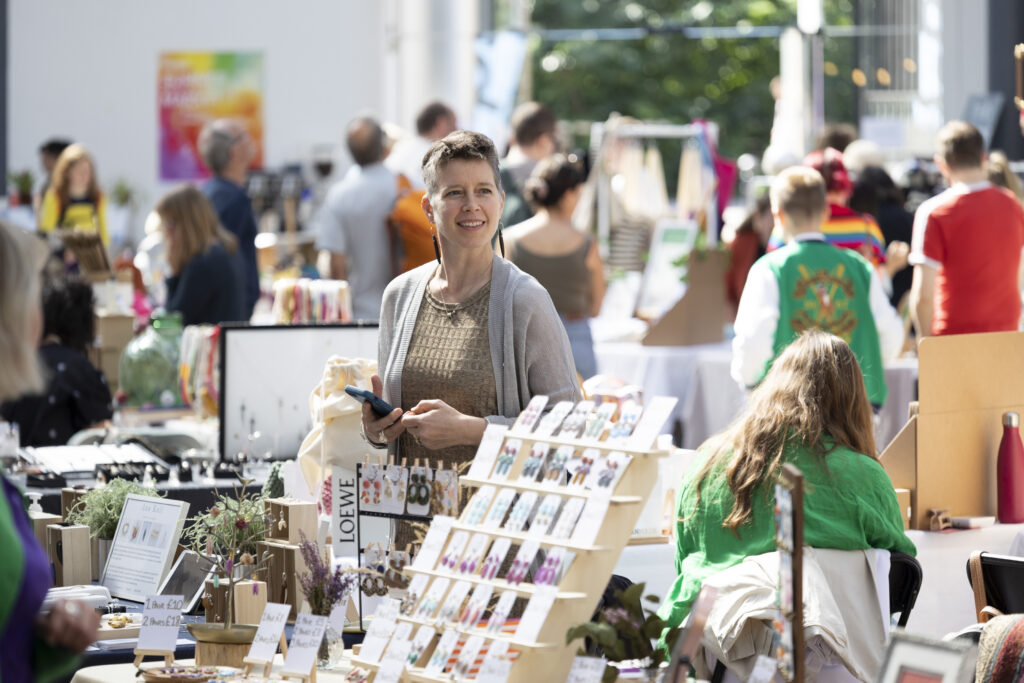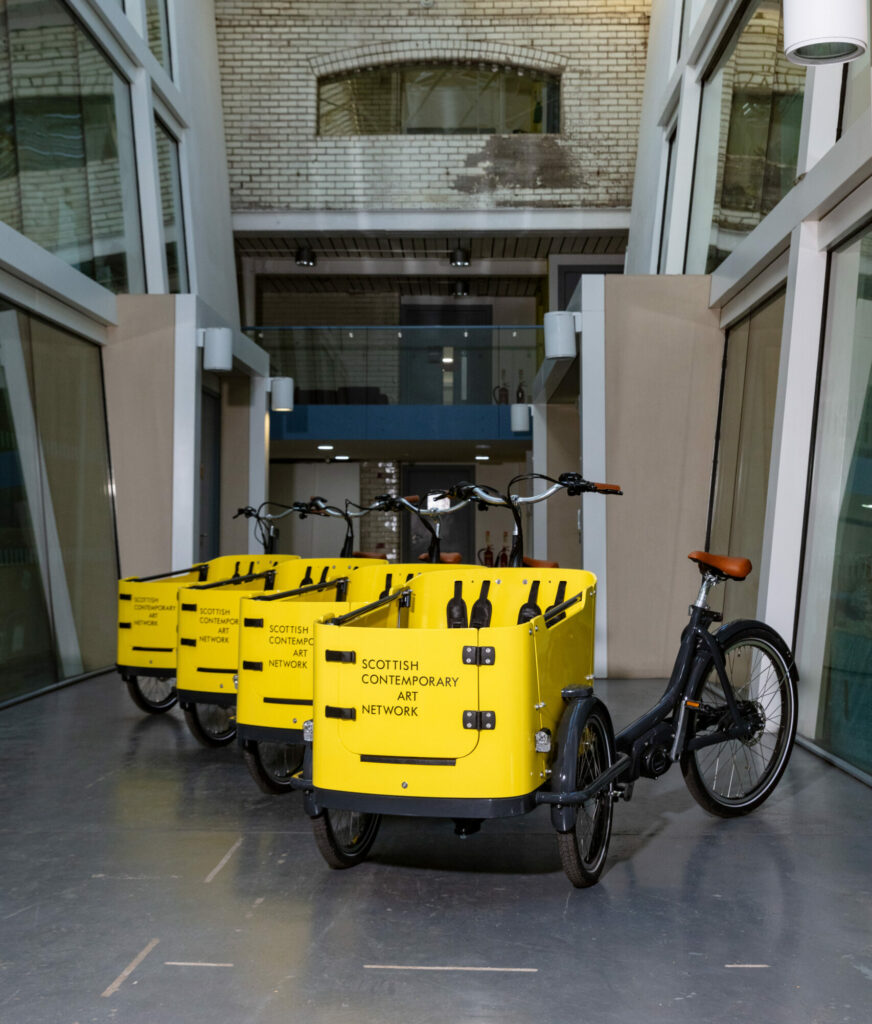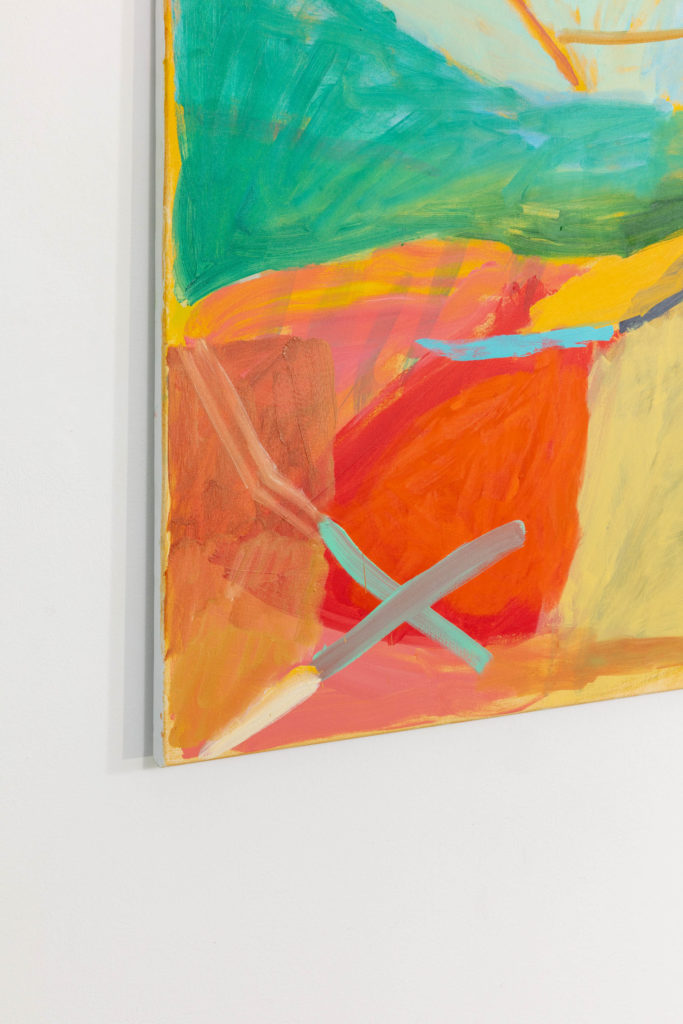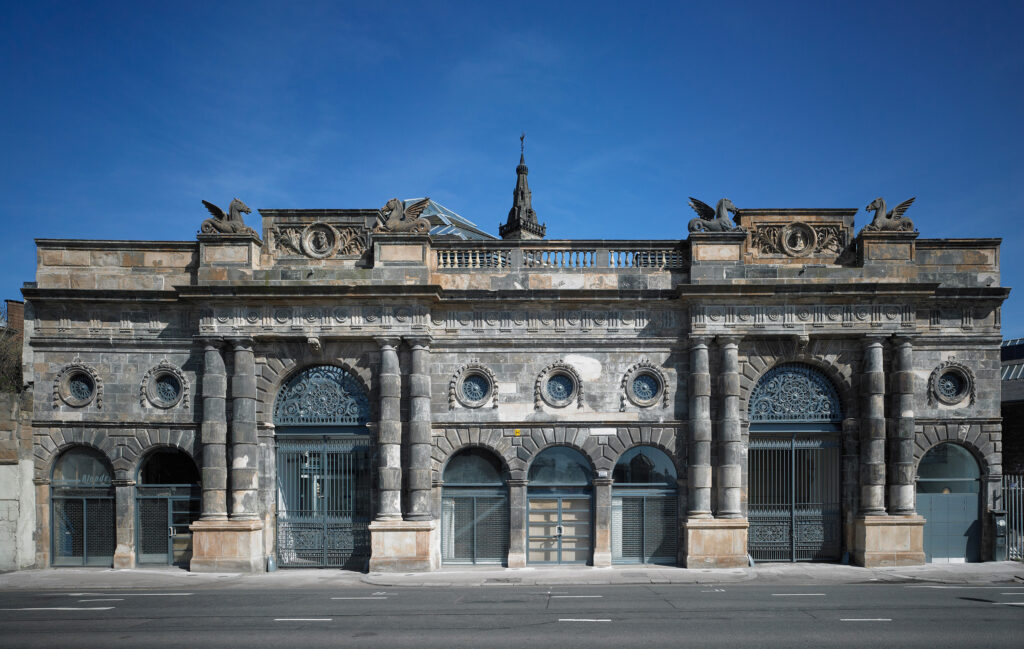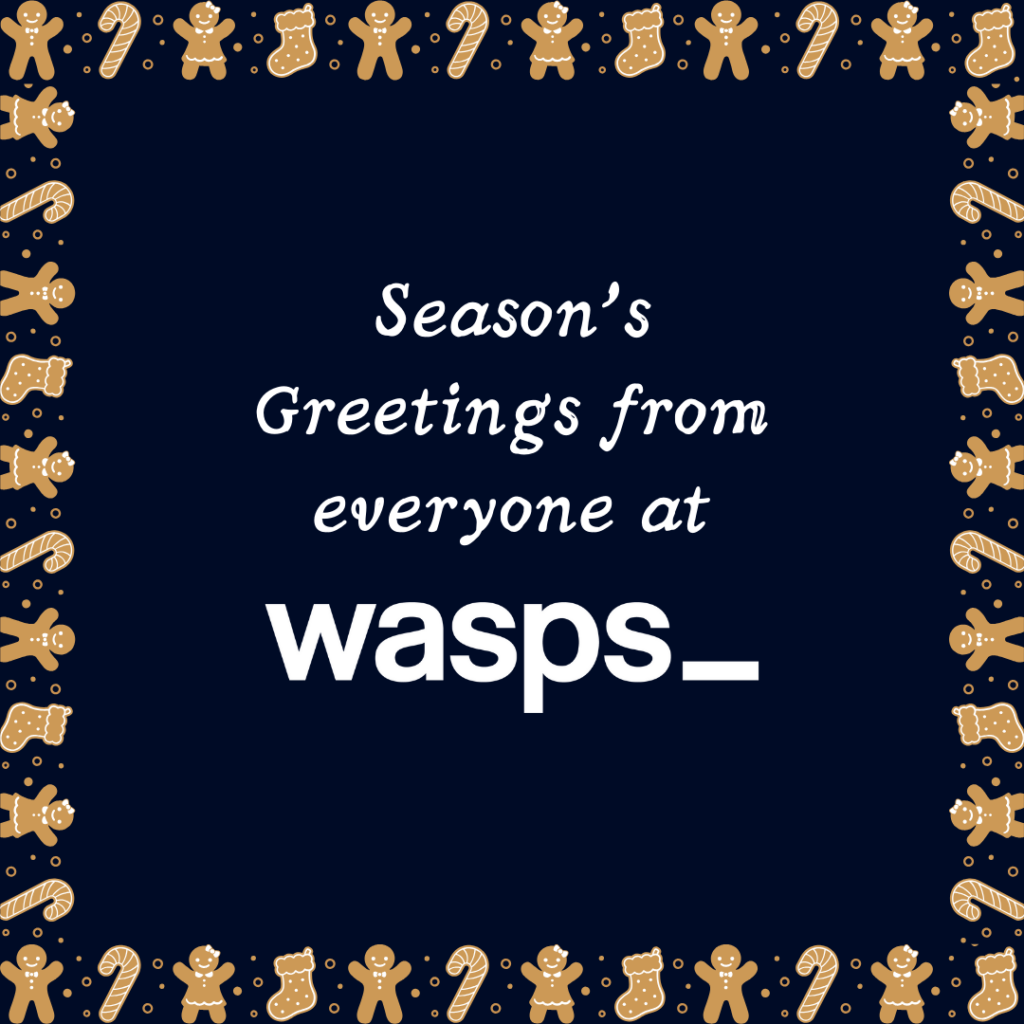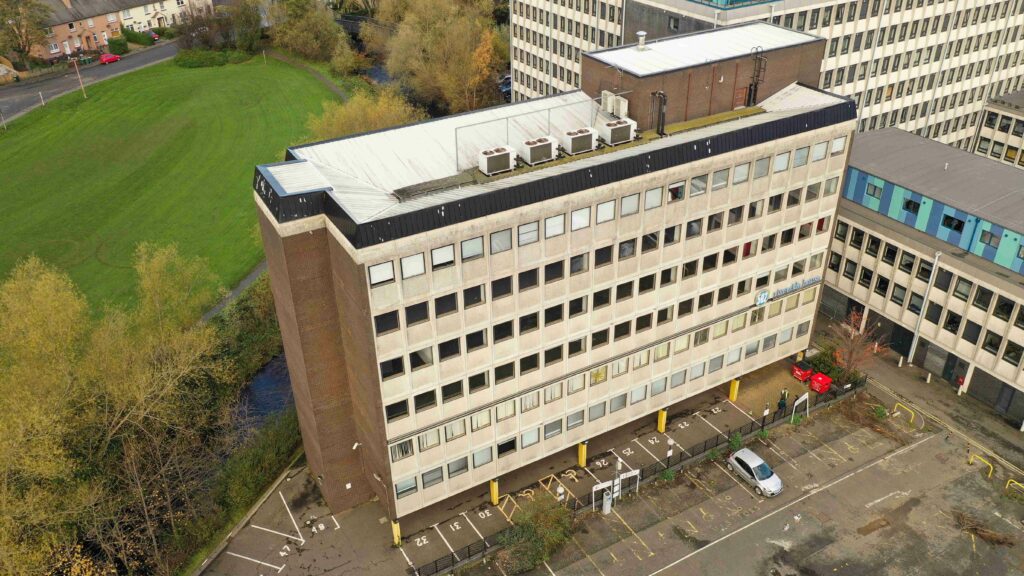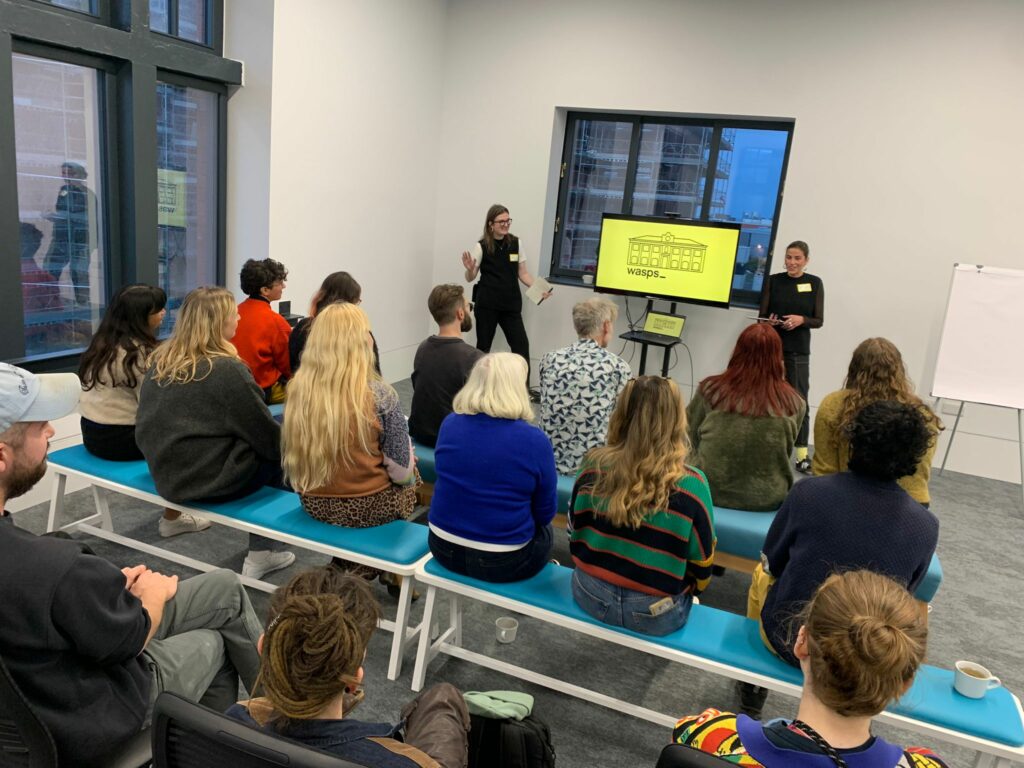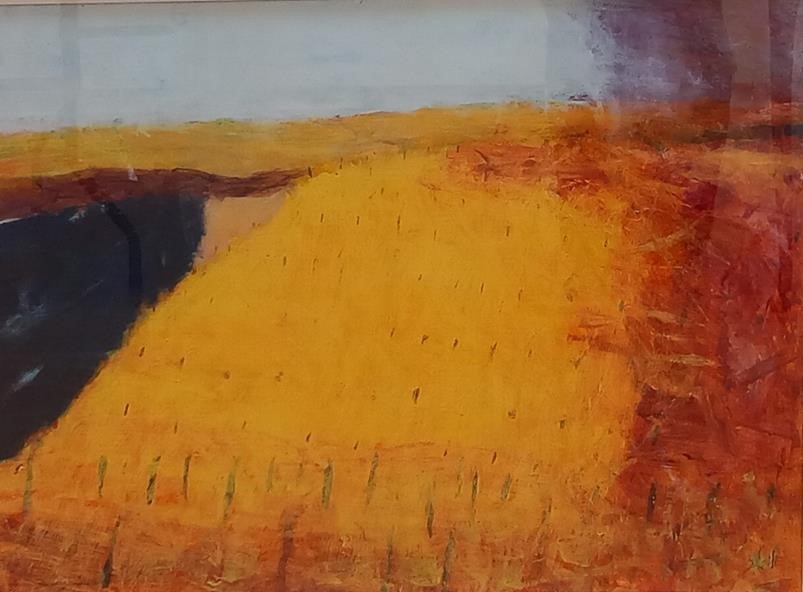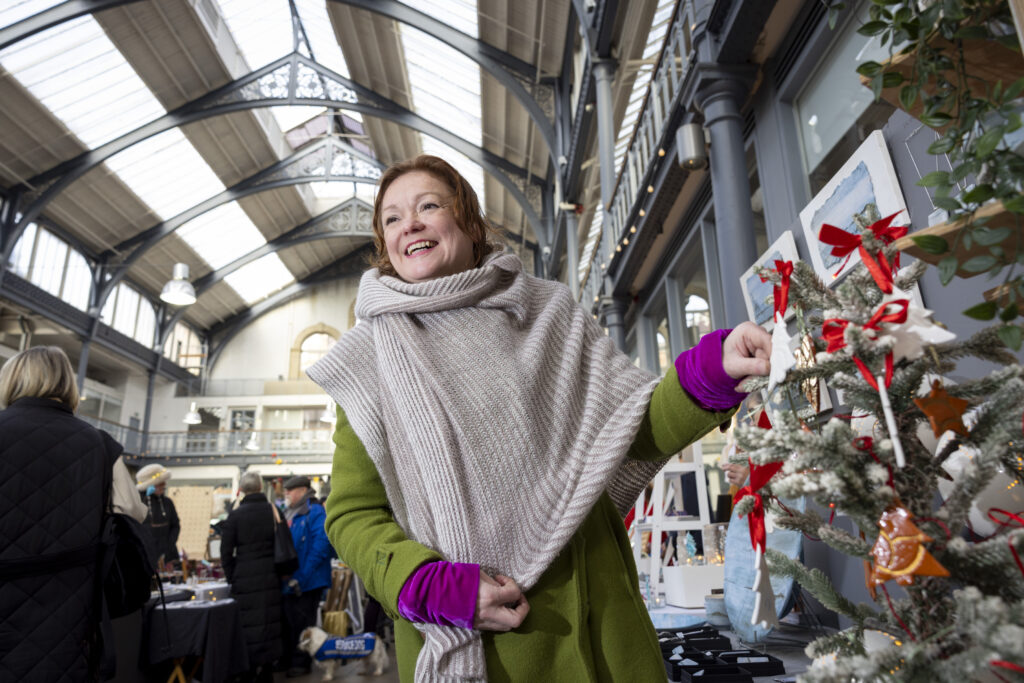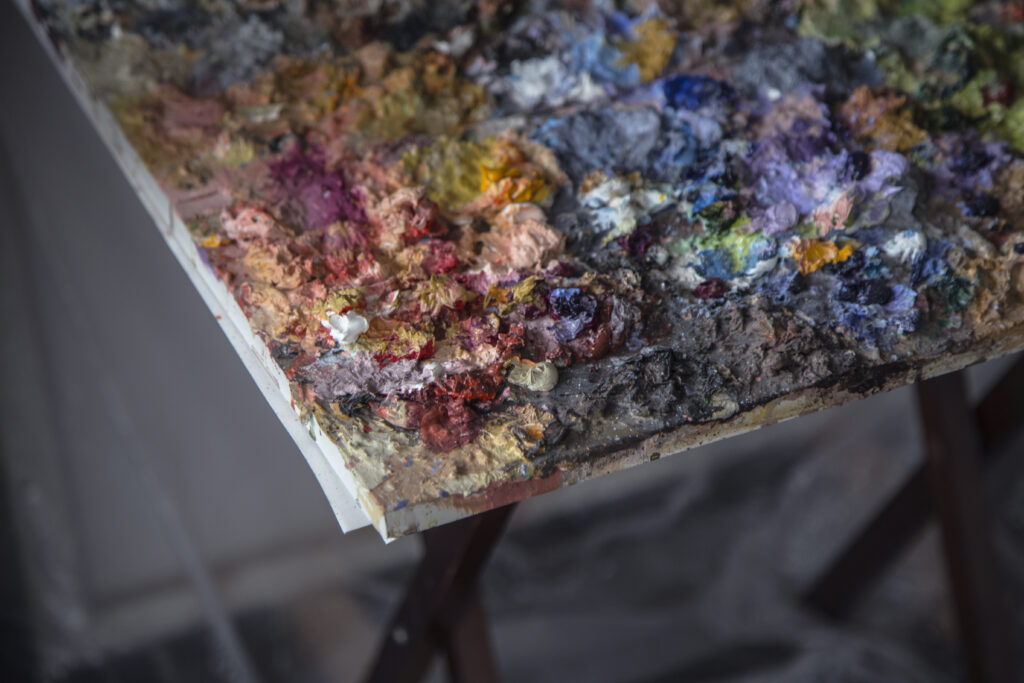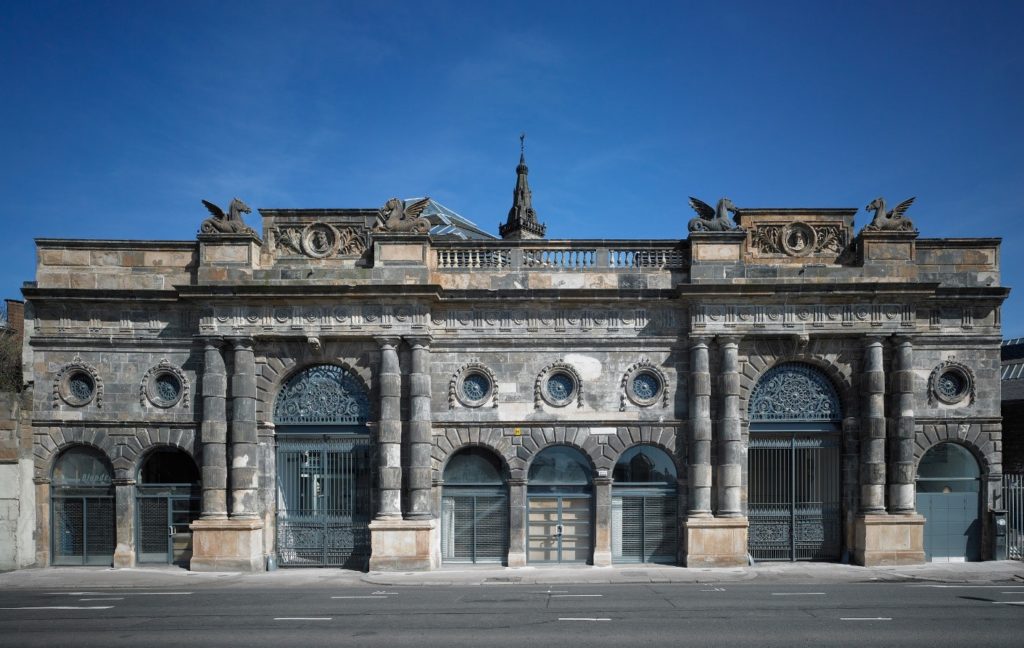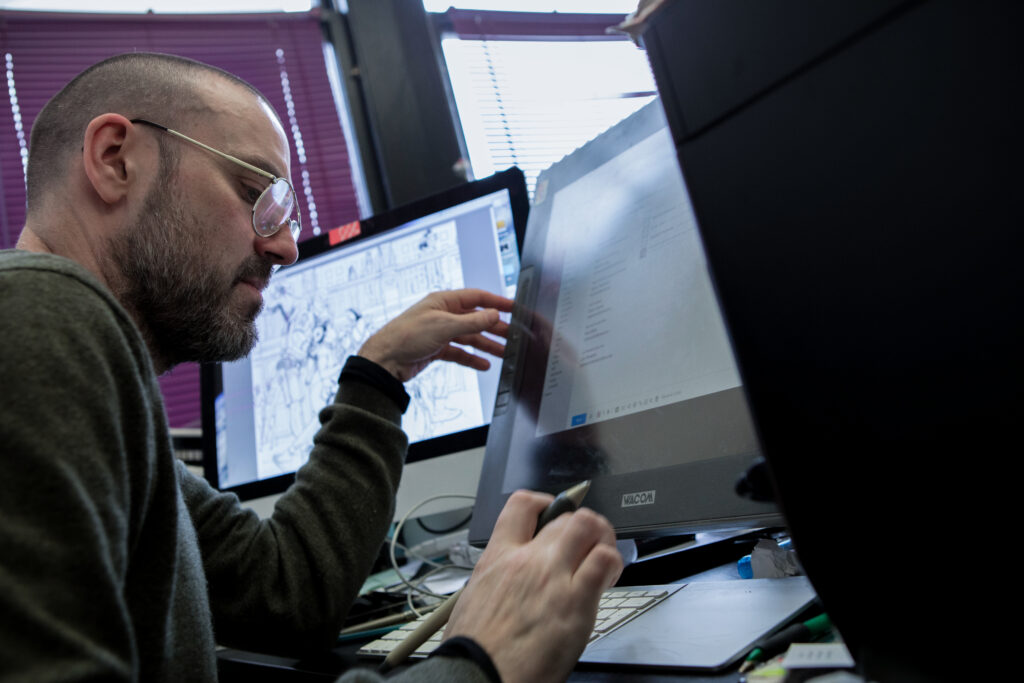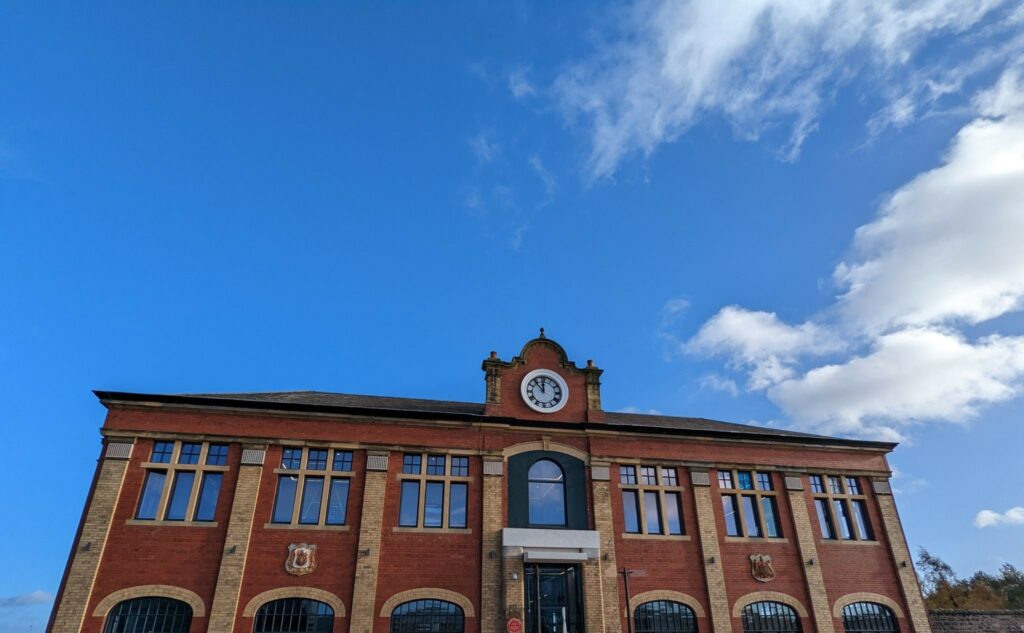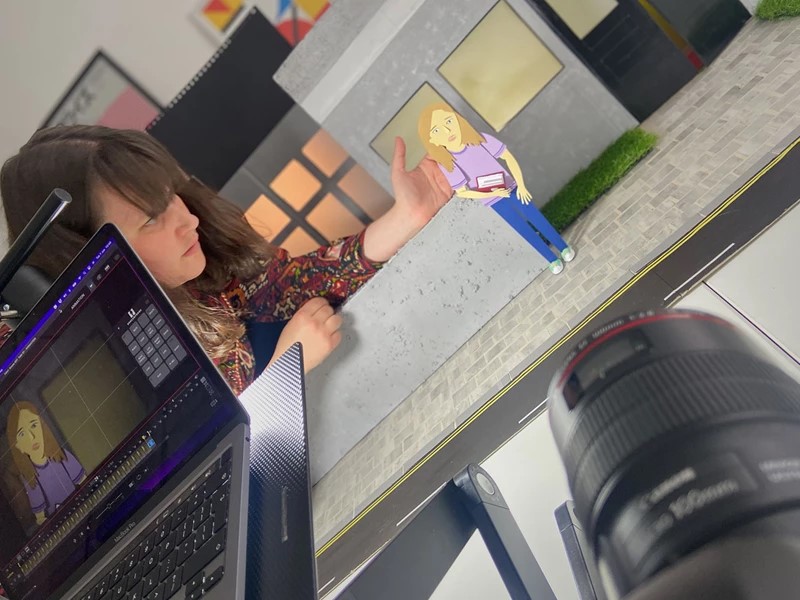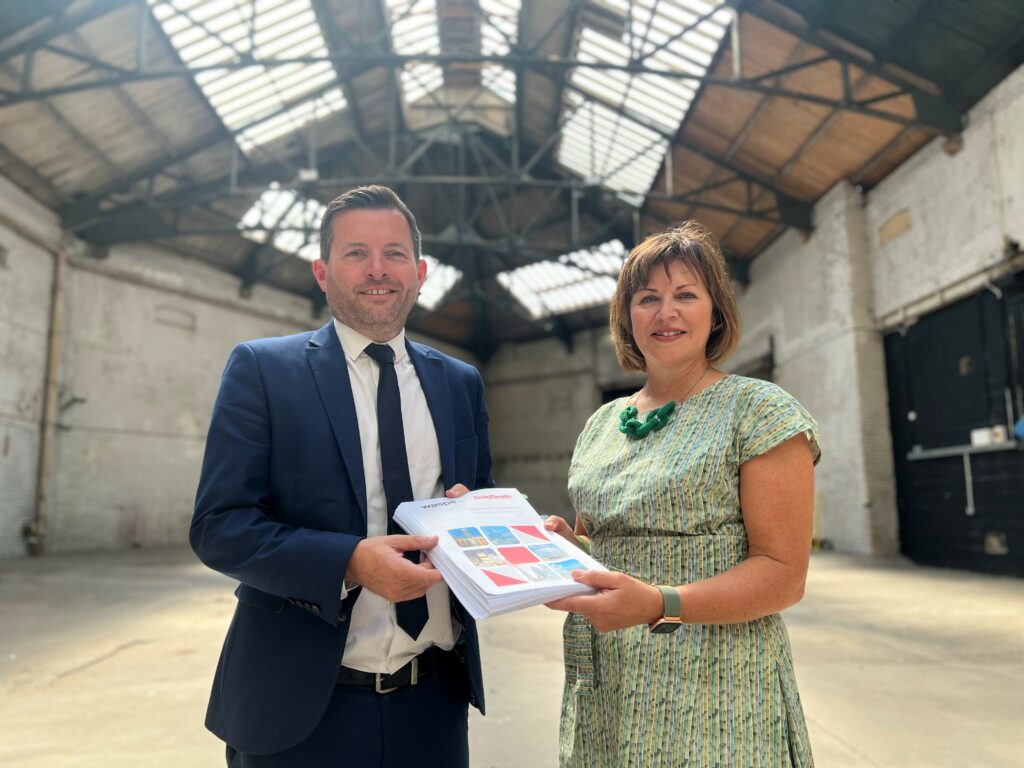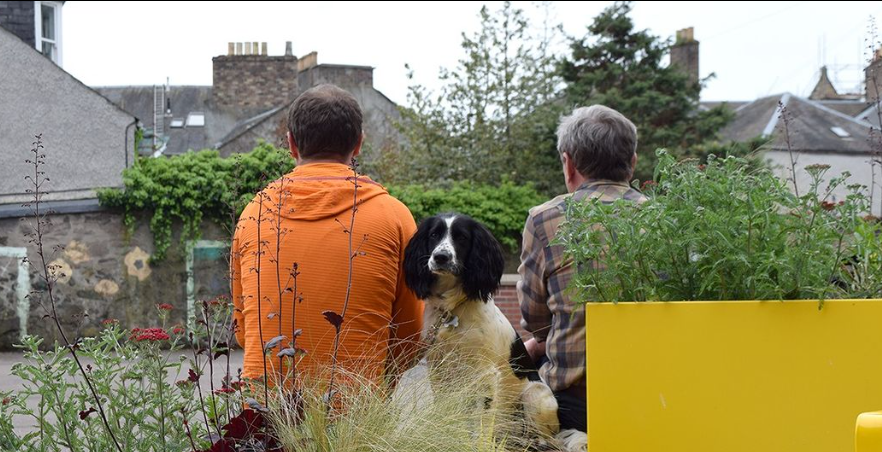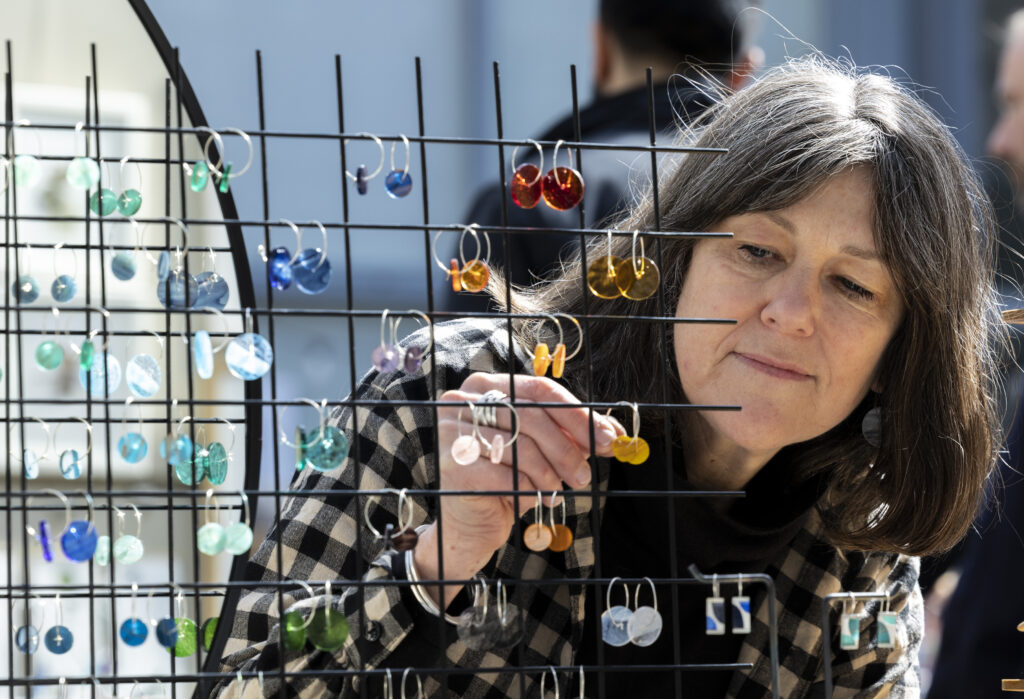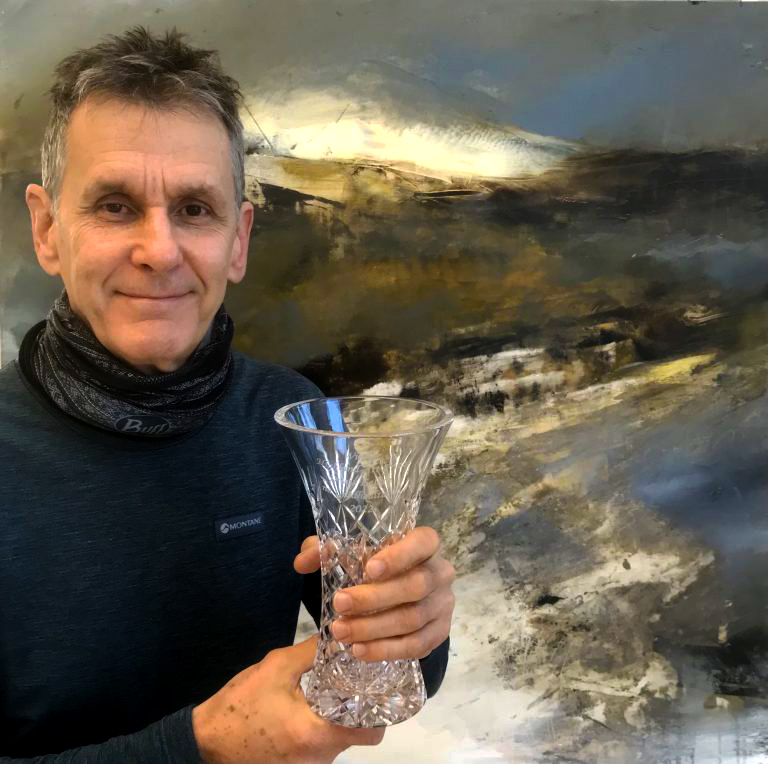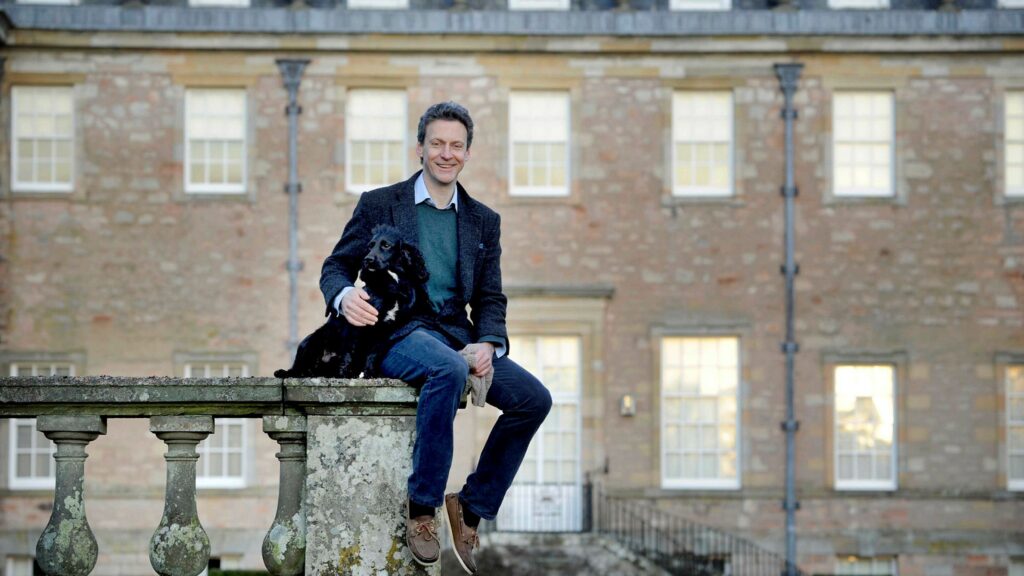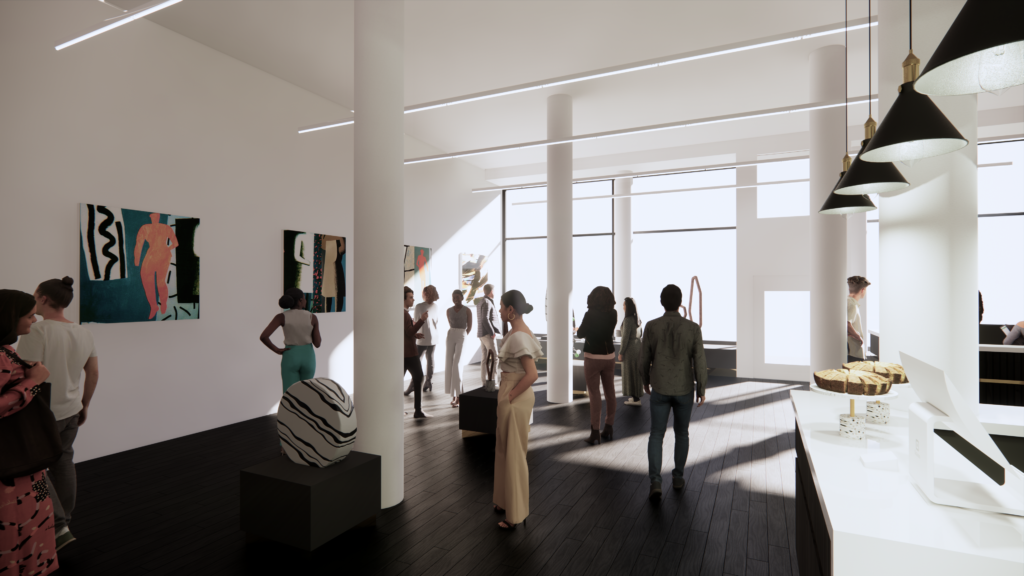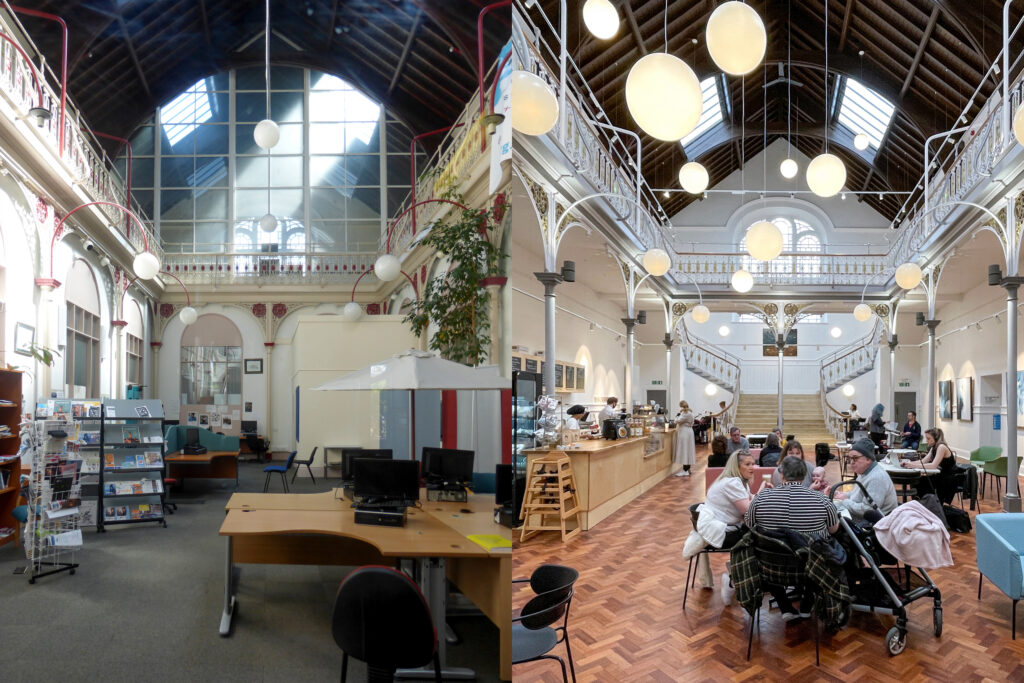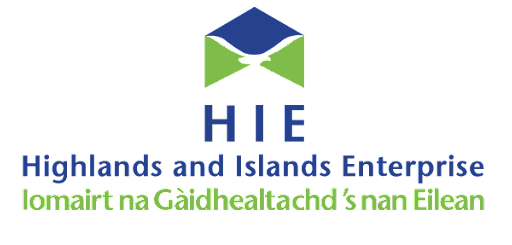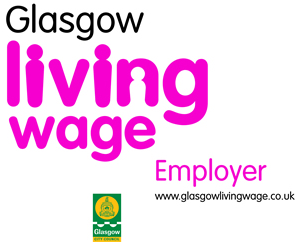For this first month of the new year, we are celebrating Cannonwalls and Claverhouse located in the town of Kirkcudbright in Dumfries & Galloway. Known at the Artists’ Town, Kirkcudbright has a history stretching back to the Victorian era of being a destination for artists and creatives.
Wasps had been looking to set up studios within Dumfries & Galloway for about eight years to meet the high demand for studios there and to extend the network’s geographic spread. Kirkcudbright was an ideal location because of its reputation as an ‘Artists’ Town’, a lasting legacy from the late 19th Century when an artists’ colony was established by the Glasgow Boys. Wasps were also well aware that there were lots of contemporary artists living and working in the area and some great galleries based in the town.
With support from Dumfries and Galloway Council, Wasps were able to buy two former town houses – Claverhouse and Cannonwalls – when they came on to the market in Kirkcudbright back in 2007, and this linked townhouse development now provides 14 artist studio spaces at affordable rents. They sit in the town’s historic High Street, close to the Tolbooth Arts Centre and near neighbour to the Selkirk Arms Hotel where Robert Burns reputedly wrote his famous “Selkirk grace”. The building of Claverhouse had been owned by a Commander Tweedie and his wife in the 1950s. The gate at the entrance of the building features a dolphin design, which refers to the Commander’s time at sea when he would sail into Hong Kong and Singapore harbours accompanied by a dolphin.
Set in a sheltered position on the estuary of the River Dee on the north Solway shore, the pretty small town of Kirkcudbright takes its name from “Kirk of St Cuthbert”, reflecting the town’s early importance as an ecclesiastical centre. In the 1400s over a quarter of Scotland’s cloth exports were loaded at the quays on the River Dee, bound for destinations as far afield as Spain. Attacks by pirates, the English and a decline in trade saw the town’s fortunes later wobble but by the 1800s it was flourishing again, with a railway arriving in 1864 (now no longer in use). These days Kirkcudbright is perhaps best known as Scotland’s “Artists’ Town”, one of several themed towns in Dumfries & Galloway (along with Wigtown Book Town and Castle Douglas Food Town). Home to distinctive pastel-coloured houses and interesting historical buildings (including the town hall, churches, the Tolbooth art centre, the Old Jail, and the 16th century remains of MacLellan’s Castle right in the centre of town), the local landscape has long attracted artists. In the late 19th and early 20th centuries, many distinguished artists lived in the town, E.A. Hornel (whose former home is now a National Trust property), Jessie M. King and her husband, E.A. Taylor, and Charles Oppenheimer. It was also the summer haunt of visiting artists, such as Scottish Colourist S.J. Peploe, and the Head of Painting at ECA Robert Burns. It was Burns who said that no student’s training was complete without a stay with the Taylors in Kirkcudbright.
In celebration of ten years of Wasps at Cannonwalls and Claverhouse in 2020, we spent some time in Kirkcudbright and spoke to the artists that work there about their studio experiences. Watch our talk with tenants Cate Cross, Marianne Davidson and Patti Lean below:
Thank you to the Kirkcudbright Historical Society for providing some of the information featured in this article.
